Research by S3F, the stop financing factory farming coalition, showed International Finance Institutions (IFIs) like the World Bank and the European Investment Bank (EIB) invested $244m (£180m) in sustainable, often small-scale agriculture projects in 2024 – three times the amount in 2023.
However, this was dwarfed by the $2.27bn (£1.67bn) channelled to factory farming, including megafarms, and wider industrial agriculture that tends to be dominated by agrifood behemoths.
“The role of multilateral development banks should be to help spur the transition towards more sustainable diets and forms of food production, rather than replicating and expanding the broken systems that are wrecking our planet,” Alessandro Ramazzotti, a researcher at International Accountability Project who led the analysis, told Wicked Leeks.
Ramazzotti analysed the animal agriculture investments of 16 leading IFIs, covering animal production (on-the-farm), processing (slaughterhouses and dairy processing facilities), and primary inputs (animal feed and vaccines).
These are the banks that should be among the most transparent and accountable in the world. However, they appear to be greenwashing when it comes to what they say and the type of agriculture they end up investing in.
In October, for example, the World Bank announced that it would double its agriculture spending to $9bn (£6.6bn) a year by 2030, putting “smallholder farmers and producer organizations at the centre”.
Yet S3F’s analysis found that the World Bank Group invested US$650m (£479m) in factory farming and other forms of industrial animal agriculture in 2024. This is a 13.3% reduction on its 2023 investments, but it still accounts for 52.8% of all IFI industrial animal agriculture investments in 2024.
This is an organisation that has also made significant noise about the benefits of investing in low emission agriculture. Governments have been advised to redeploy their subsidies in favour of more sustainable approaches too.
Behind the scenes S3F found a very different story. In December the World Bank’s private sector arm, the International Finance Corporation (IFC), approved a US$40m (£29m) loan to build a soybean crushing plant in Bangladesh, used to mass-produce animal feed. The soybeans will require an estimated 354,000 hectares of land annually and will be sourced from Brazil and Argentina where soy production is still too often associated with destruction of vital ecosystems.
Ramazzotti is now fearful that the banks are also turning their attention to other unexploited areas of the globe – like Africa and Asia – where investors spy “ample potential” for the expansion of industrial animal agriculture. “We aim to closely monitor developments in these regions,” he warned.
Some of the funding can be tracked back to the UK. For example, the UK Government is the largest funder of the IFC, the World Bank’s private sector arm, which has repeatedly failed to ensure that its agribusiness borrowers comply with IFC’s own lending requirements around climate. Factory farming is a leading driver of methane, a powerful greenhouse gas, as well as other emissions, deforestation, biodiversity loss, animal cruelty, and water pollution.
Ramazzotti said it is encouraging that investments into factory farming from international banks have shrunk and more is being ploughed into sustainable approaches. The European Investment Bank saw the biggest overall decrease in its industrial animal agriculture investments of the banks studied, while the Inter-American Development Bank (IADB) supported the highest number of sustainable and non-industrial projects.
However, the shift is not fast or deep enough. The findings cannot hide the fact that these banks are still investing huge sums in industrial agriculture, Ramazzotti explained: “We don’t think banks focused on promoting poverty alleviation and tackling climate change should make any investments in factory farming and industrial supply chains at all.”
Cow megafarms are coming home
The UK is home to a growing number of huge farms that campaigners claim are causing all kinds of environmental and social problems – and at a time when there is a clear need to move towards more regenerative approaches that restore and support nature and local communities rather than destroy them.
In May, the country’s 30 largest livestock megafarms were mapped using satellite images and drone footage. Between them, the units hold more than 11 million chickens and 145,000 pigs at any one time, and intensively rear at least 25,000 cattle annually.
Since 2017, the overall number of intensive livestock units in the UK has increased by 21%, explained Lily O’Mara from Sustain, an NGO. It is estimated that just ten large agribusinesses control the majority of these facilities, marking a “shocking shift” towards the industrialisation and automation of animal farming in the UK, which is estimated to have cost 14,000 jobs in farming nationwide, she added.
According to Compassion in World Farming (CIWF), there are now nearly 1,200 megafarms operating across the UK overall, up from 976 in 2016. CIWF estimates that around 85% of farm animals – over one billion animals – are kept in factory farms per year.





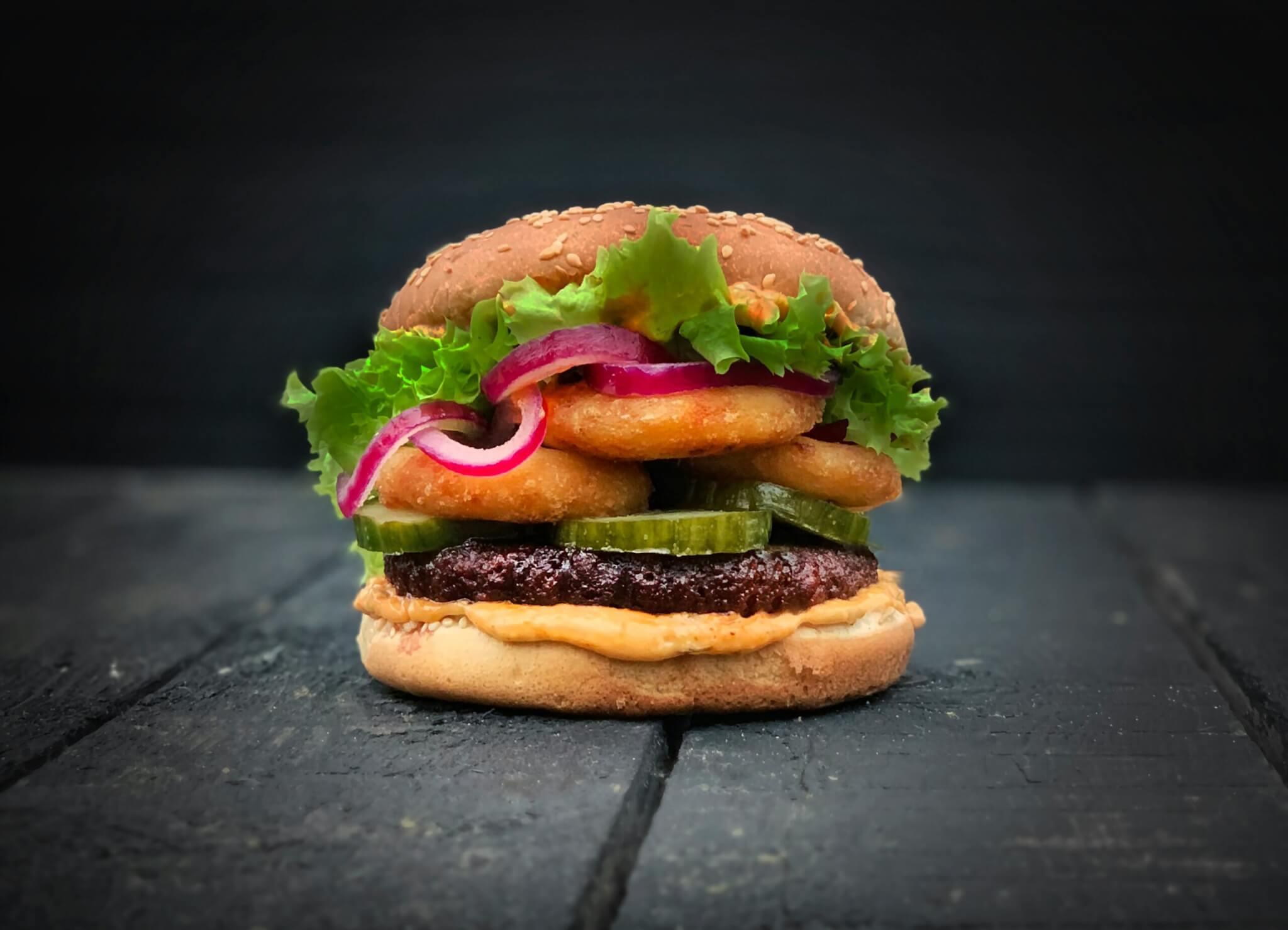


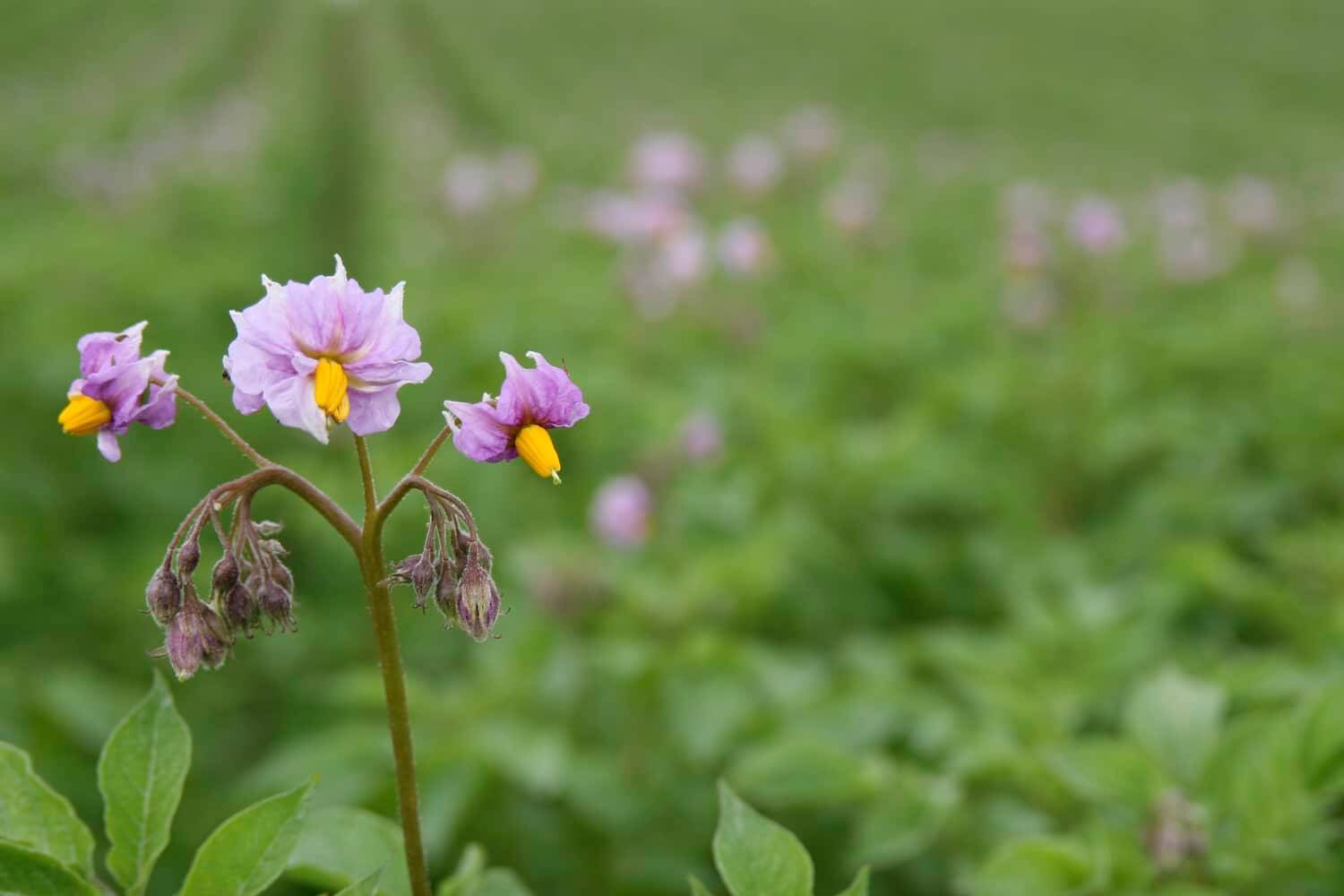
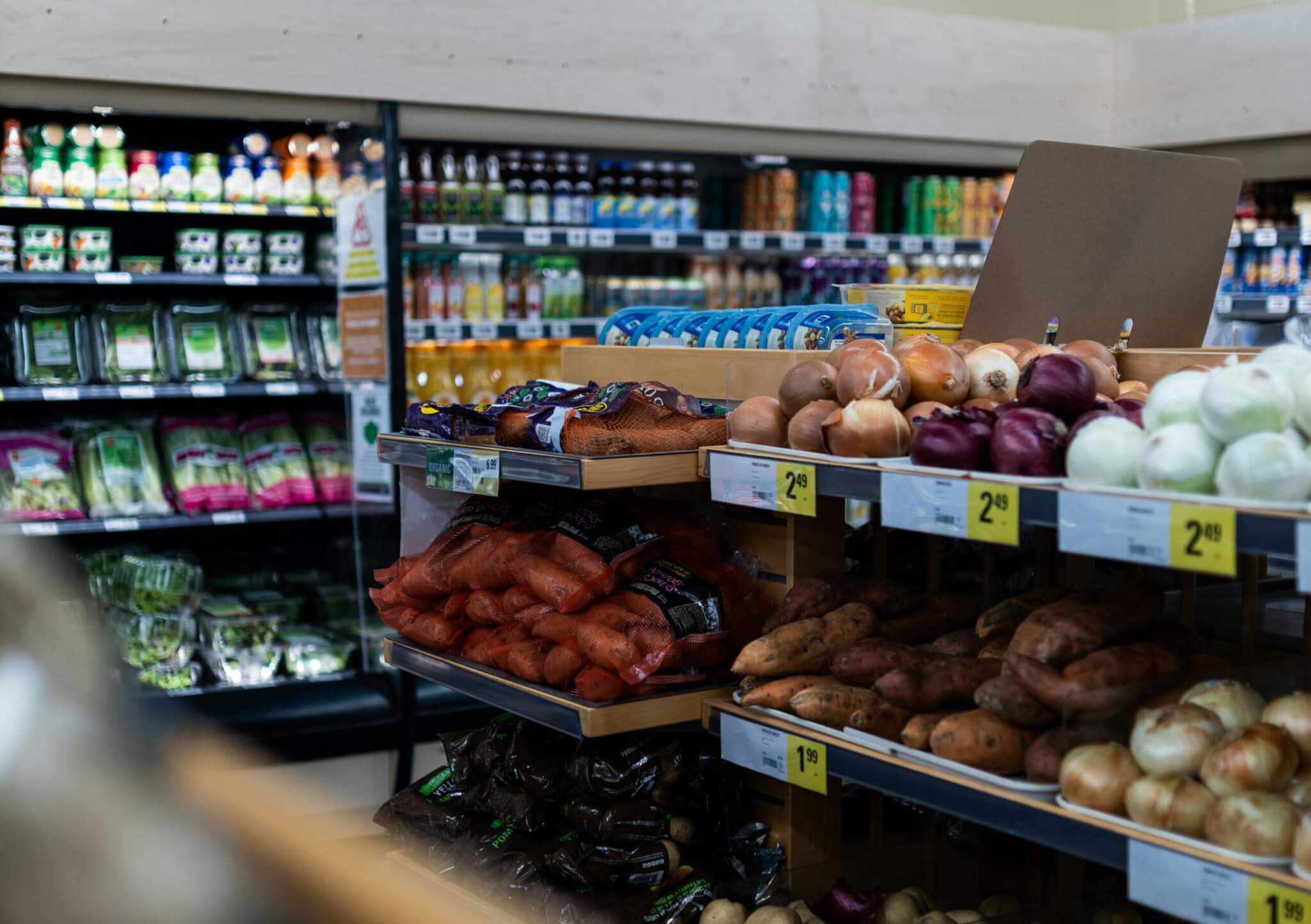

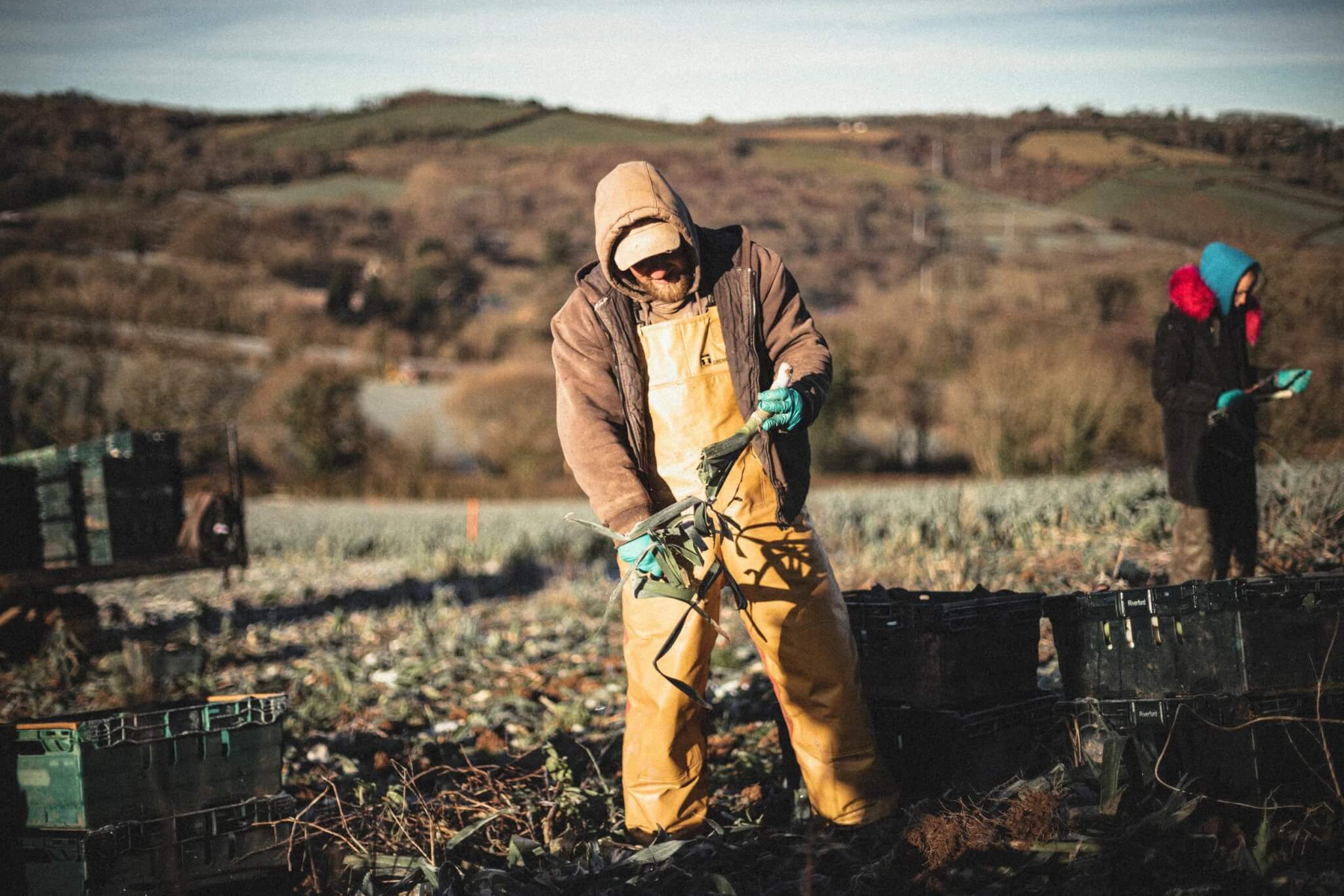
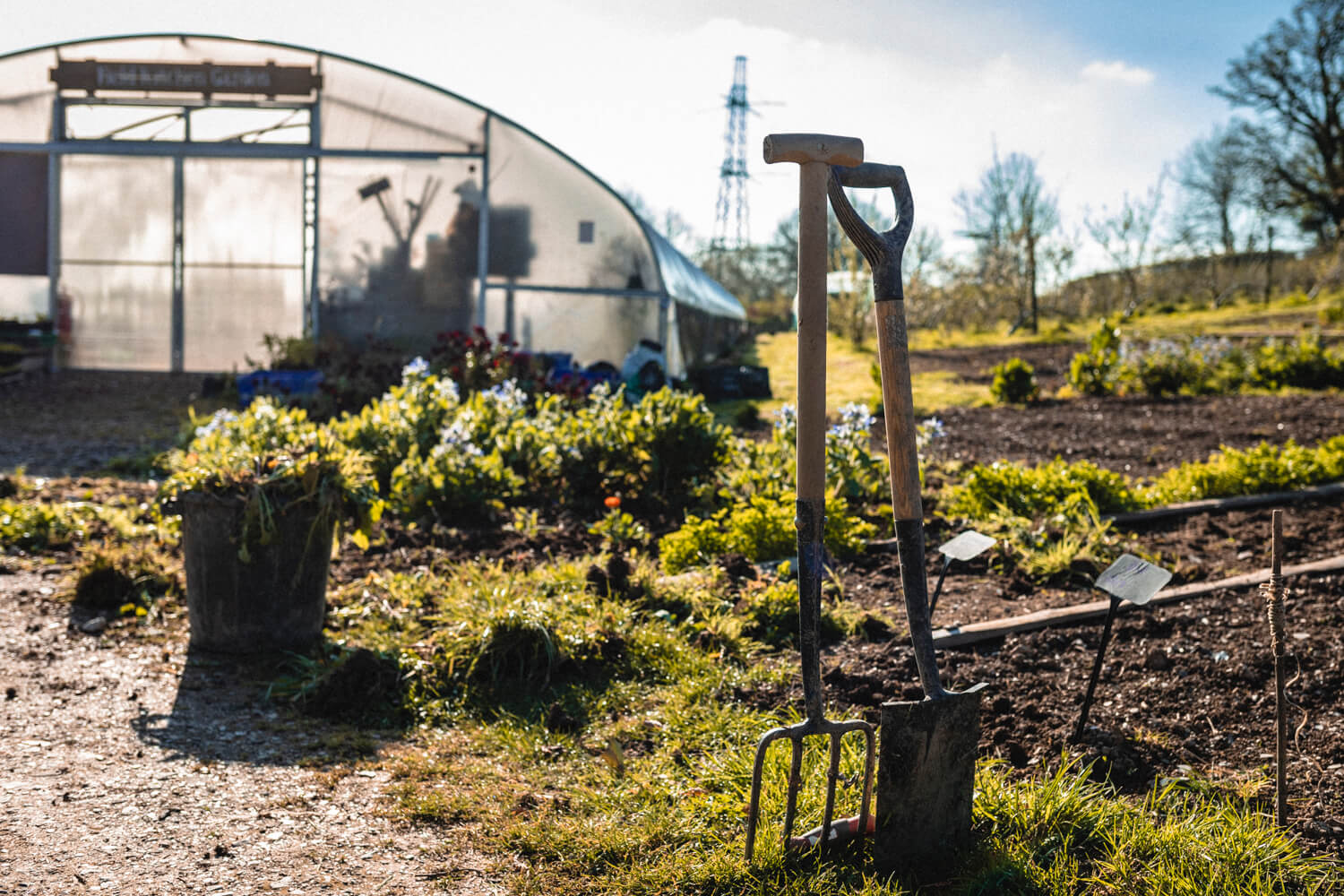
0 Comments